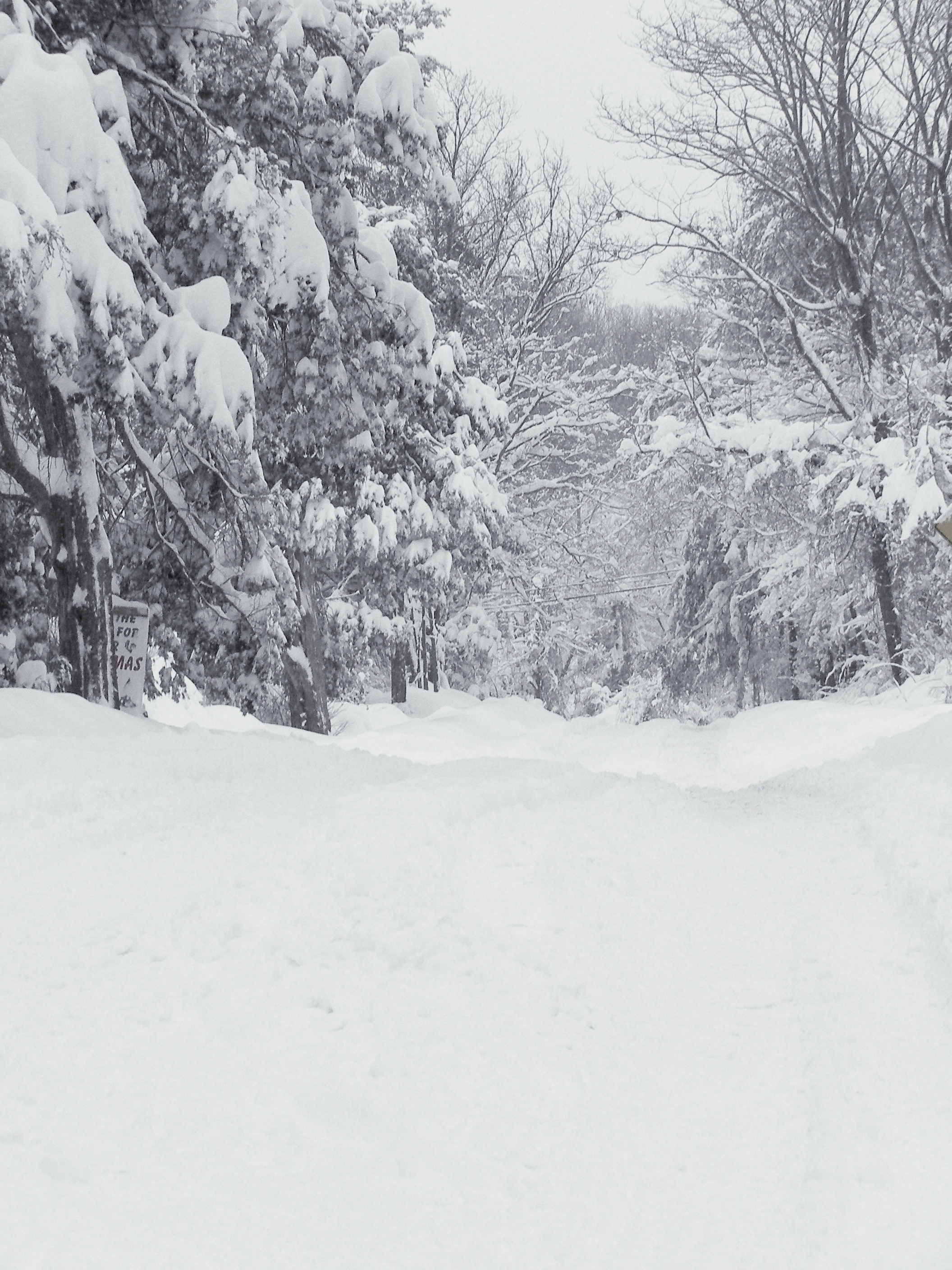 by Sheryl Gross-Glaser
by Sheryl Gross-Glaser
Oh the weather outside is frightful
But the fire is so delightful
And since we've got no place to go
Let It Snow! Let It Snow! Let It Snow!!
What a wonderful song for a winter day when you don’t have to venture outside, but for most days, there are jobs to do, schools to attend, medical appointments to keep, groceries to shop for, and other tasks to complete. Snow on sidewalks and at intersections complicates the simple acts of walking and accessing transit. All it takes is for one business owner to fail to clear a path or for one intersection to have snow and slush blocking it and suddenly access is denied for anyone with a physical disability or even a stroller. With significant snowfalls, uncleared snow, slush and accumulating ice and cold temperatures that linger after a storm can impede pedestrian and wheelchair access for much longer than it takes for roads to be cleared for vehicular traffic.
Equal Rights ≠ Cleared Bus Stop
The ADA only provides rights to people with disabilities and it only provides for equal rights. So, if pedestrians are treated as second-class citizens with poor snow removal policies, weak requirements, and enforcement practices, then people with disabilities are granted the same not-so-good rights, as it were. This is so even if poor snow removal makes the difference between accessing much-cheaper fixed route service or being able to access a shared ride and having to use demand-response transportation.
Basically, what's good for the goose is good for the gander. If the municipality requires snow removal for people without disabilities, then it requires snow removal for people with disabilities. Sidewalks are generally the responsibility of the property owner and the roadway is the responsibility of the municipality, but the curb cut to the cleared roadway is another matter and is the subject of many ADA complaints. This site of an independent living organization says the responsibility is borne by the property owner.
There is a New Hampshire appellate decision requiring a city to remove ice and snow from sidewalks under its control. However, that legal decision does not extend beyond the Granite State and might very well not survive a challenge within the state. A local Michigan legal statement of legal advice to a city, takes a more conventional and defensible equal rights approach in stating that a city has no ADA responsibility to make sure that all sidewalks are clear of snow if it has no residential snow removal requirements of any sort (except for a commercial stretch).
There is no ADA or other legal requirement that a person with a disability traveling on the sidewalk has an equal right to the same clear path as a driver in a car.
Good Local Practices and Resources
Effective Snow Removal for Pathways and Transit Stops. The photographs alone are reason enough to look at this report, which offers proactive case studies of equal access to sidewalks and transit in the wake of snowstorms. The photos demonstrate the critical need for sidewalk and intersection snow removal for people with disabilities and, actually, for anyone out walking or getting to bus stops or other destinations.
Examples are given of information for individual bus stops, fines and parking limits, and road design considerations, among others. The examples cover a broad spectrum of approaches from community partnerships to road design.
For improving winter walking conditions at the local level, WalkBoston has a wonderful list of snow clearing and partnership recommendations. WalkBoston has also prepared a report with plenty of information on this issue that is applicable beyond Massachusetts. One example is the City of Cambridge’s web page for reporting snow removal problems.


 by Sheryl Gross-Glaser
by Sheryl Gross-Glaser